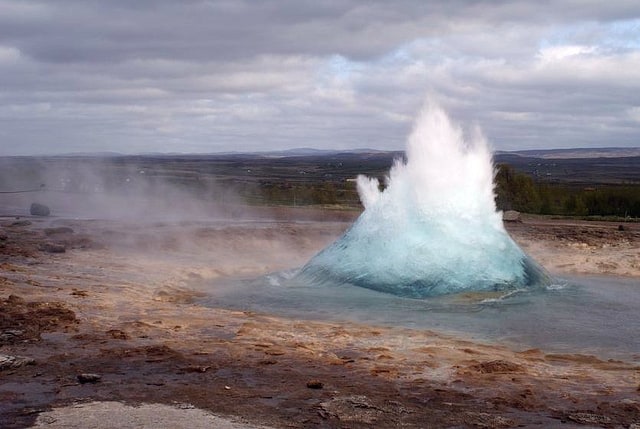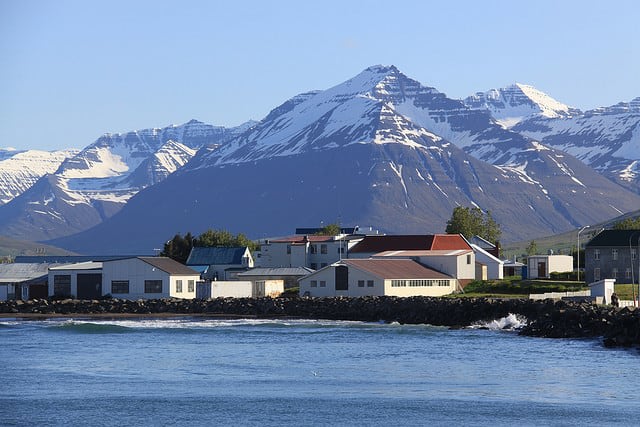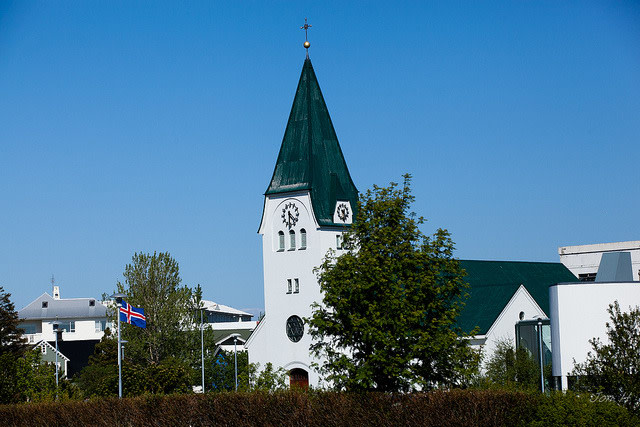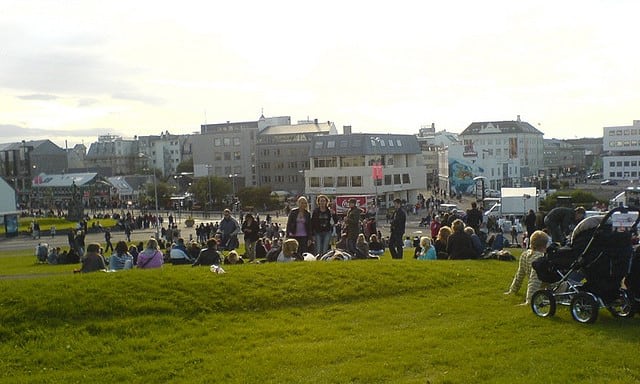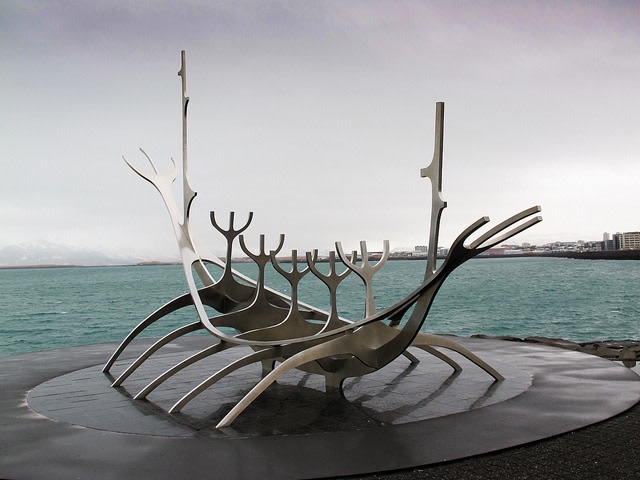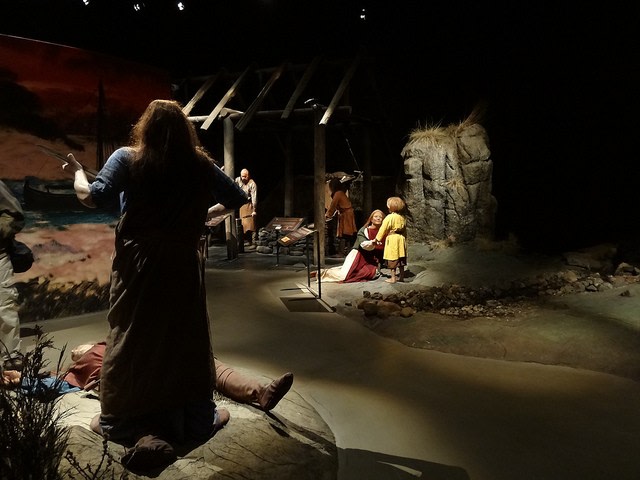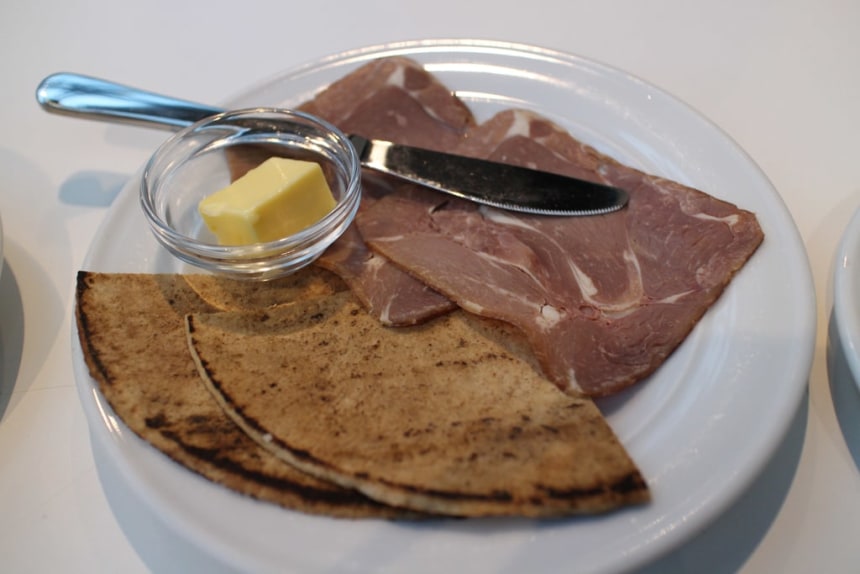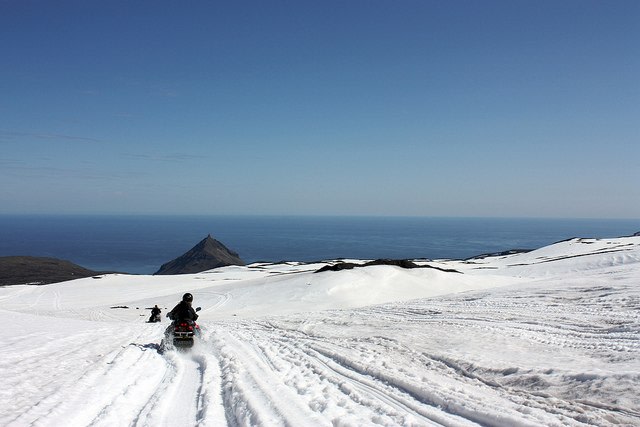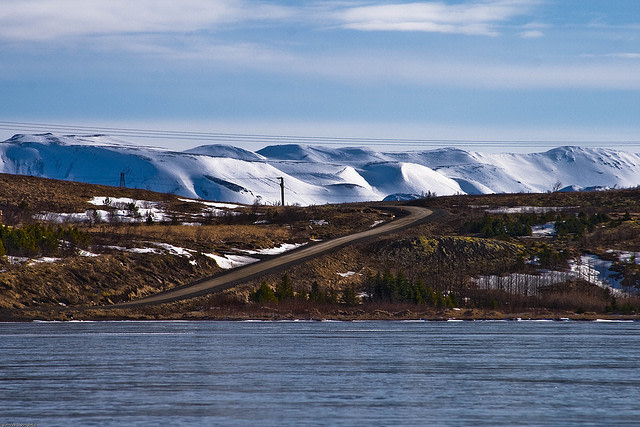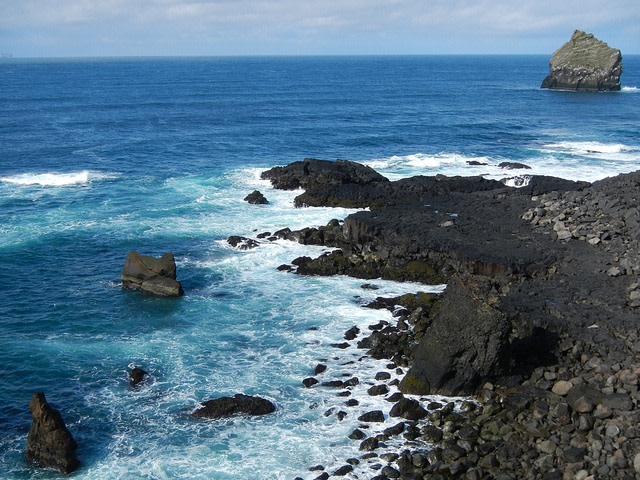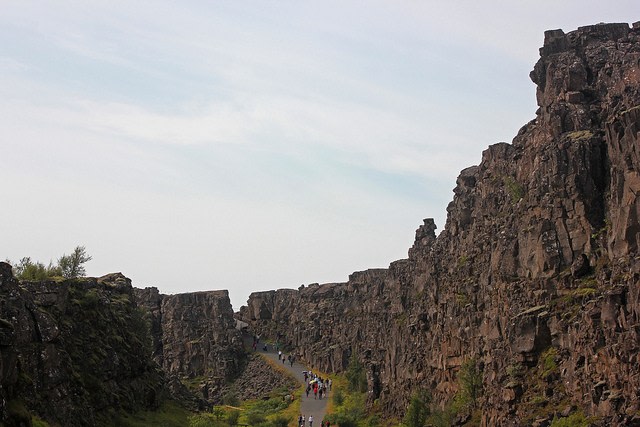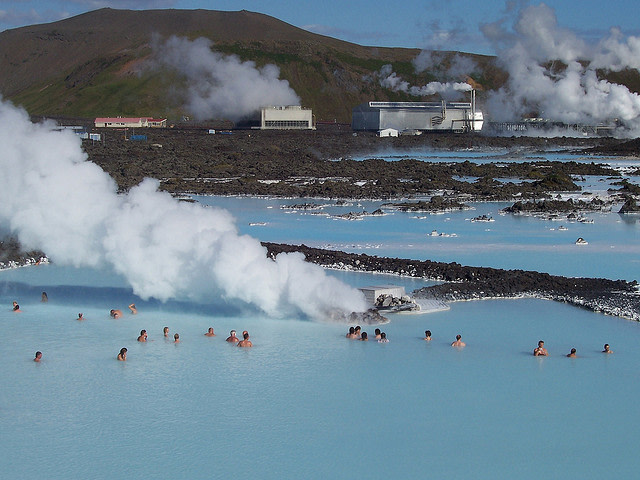| 7 mins read
By Jennifer Mullen
There is something so enchanting about a trip to Iceland, as if you have been invited to a great, mythical kitchen, with its powerful boiling geysers, smoking volcanoes and thundering waterfalls. Sometimes this kitchen is serene and tranquil, but occasionally the fury of the Nordic Chef blows the kitchen roof into the heavens above (as anyone whose flight was disrupted in 2010 due to the eruptions of Eyjafjallajökull would testify). Welcome to the “Land of Fire and Ice”.
The best piece of advice any Iceland tour guide will give you is to take a spare camera battery, to capture the personality of the enchanting Icelandic landscape. Dramatic peaks contrast with gnarled grey expanses of lava deserts, whilst the brilliant icebergs glide ghostlike across lagoons. Here the mountains proudly admire their clothes in the reflection of the mirror-like fjords, sometimes a silken grey cloak of mist, sometimes a golden coat of sunlight and in winter a jewelled shawl of snow.
Icelanders pride themselves on being descended from Vikings, and still hold Norse heritage, traditions, history and folklore with high esteem. They have the reputation of being warm and welcoming to visitors, very hard working, but holding firm beliefs in ancient, more spiritual customs. The countryside here is said (by fully grown adults) to be dotted with the mysterious habitats of elves and trolls. Each region of the country has a multitude of myths and legends, many of which are kept alive by monuments, plaques and strange tales. At Christmas, Icelandic children are said to be visited by thirteen Yule Lads, for whom they must place a shoe in their window for thirteen consecutive nights. Some of them have rather curious names, such as “Meat hook”, “Curd Sniffer” and “Spoon Licker”! Another tale tells of a rather eerie Christmas Cat, who prowls around, ensuring that everyone receives a new piece of clothing for Christmas. Many parts of Iceland will offer chances to explore the folklore, such as at Hafnafjörður, where it is claimed that elves reside in the rocky landscape.
When visiting Iceland, it is likely you will start off in the capital of Reykjavik. During the long hours of darkness in the winter months, far from hibernating, the locals embrace the party season, particularly around January and February. Mother Nature switches on the aurora borealis disco lights, as locals and tourists celebrate side by side in a number of festivals, which bring music, lights and exuberance to the streets. One of the most popular events is the Winter Lights Festival in February, where an intoxicating programme of cultural events that include night-time museum openings, poetry readings, and even pool parties, take place against the backdrop of Reykjavik’s illuminated main landmarks!
In summer Reykjavik again is a city that never seems to sleep, thanks to the persistent golden rays of the midnight sun. View this spectacular sight at the iconic Solfar Sun Ship statue, an impressive skeletal steel sculpture. Although it does have the appearance of a Viking ship, this sculpture is in fact a dreamboat and an ode to the sun.
One of the best ways to see Reykjavik is by water, so hop on a ferry and visit the pretty uninhabited island of Vidney, which is known for its birdlife, history and culture.
History buffs can gain an interesting insight into Viking culture with a visit to the Saga Museum, which tells of invaders, battles and the folklore of important chapters in Iceland’s past, illustrated by wax figures in costume.
Some of the best views of Reykjavik can be found from The Pearl, which is a dome shaped glass building, supported by six enormous hot water tanks. The man made geyser here faithfully imitates the natural spouting action of an actual geyser, should the time poor traveller not have time to see the real thing.
Another great way to see the hidden corners of the capital is by bicycle, therefore ask your Reykjavik tour guide about the best route and locations to refuel with local cuisine, such as one of their countless fresh fish dishes; mouth-watering smoked lamb; Harofiskur, which is best described as fish jerky, or a traditional lamb hot dog. It is also possible to try reindeer tenderloin in some restaurants! Not one for the fainthearted, Iceland has a well known, albeit notorious Schnapps called Brennivin, but known locally as “The Black Death”. Literally translated as “Burning Wine”, Brennivin is unsweetened schnapps made out of potatoes, flavoured by cumin, angelica and caraway seeds, as well as a few other native herbs to Iceland. This, in itself is impressive given the harsh climate’s limitations on agriculture.
A trip to the remote corners of Iceland will genuinely make a visitor feel they are in an outer corner of the Earth. With a population of only 320,000, making it the least populated country in Europe, Iceland has room to pause, breath or even yell, with only the wind to hear you. Adventure seekers and sports lovers will be in their element in Iceland, due to the wide array of outdoor activities on offer, such as snowmobiling, glacier trekking, horse riding, kayaking, and wilderness safaris in specially adapted 4x4 jeeps.
For keen hikers, Iceland has unparalleled trekking opportunities, ranging from an easy short stroll to a weeklong trek into seemingly untamed worlds. Some of the most scenic hikes can be found in the remote areas of the Westfjords, the Landmannalaugar wilderness area and the Reykjanes Peninsula. Ski lovers will be impressed with resorts, such as Blafjöll near Reykjavik and Hliðarfjall near Akureyri in the North of Iceland. A slightly more laid back, but equally thrilling pastime is whale watching, as the country has no less than twenty three different species of whales in her waters, including minke, hump back, biller and blue whales.
Considering the extreme weather here, one unlikely sport, which has a small, yet very dedicated following is the “Arctic Surfers” community in Iceland. Not many countries can boast of empty waves in mid-summer, yet armed with a decent wetsuit (as temperatures will hover around the 12c mark in summer) one can catch some very respectable waves close to the Reykjanes peninsula.
Perhaps the greatest attraction for visitors is the forces beneath the earth’s crust. In geological terms, Iceland is technically still growing. This is evident in several parts of Iceland, for example in the Þingvellir National Park, where the Eurasian and North American plates are slowly drifting apart, causing an astounding rift valley, with sizeable canyons. The region is prone to earthquake activity, so consult your Iceland tour guide to see if there are any active warnings in place. Surtsey is Iceland's newest island, formed only in 1963, after a large volcanic eruption off the south coast.Protected and studied since birth, Surtsey has given scientists a pristine natural laboratory, free from human interference, to observe the colonisation process of new land by plant and animal life.
Iceland’s subterranean activity means that it has a boundless supply of geothermal heat, which can be used for thermal spas, and cost effective heating for homes, not to mention renewableenergy creation. Feel the warmth of the earth at The Blue Lagoon Spa, a magnificent black lava field containing milky waters rich in blue-green algae. The mineral salts will condition and exfoliate the skin, as you wallow in white mud, and if you visit in winter you can even experience snow falling simultaneously down on your head.
Therefore whether you believe in elves and trolls, or just the magical allure of a landscape, a trip to Iceland will hold you spellbound for many years to come.
Image Details and Licenses: https://flic.kr/p/9RDJ8F (Airflore, CC BY-NC-ND 2.0), https://flic.kr/p/6BsrR9 (Chris Goldberg, CC BY-NC 2.0), https://flic.kr/p/hNZsR1 (Lovepro, CC BY-NC-SA 2.0), https://flic.kr/p/ks8Yd (Gediminas Paulauskas, CC BY-SA 2.0), https://flic.kr/p/bHHLzz (Sophie Librarian, CC BY-NC-ND 2.0), https://flic.kr/p/fu6kUL (Klaus Nahr, CC BY-SA 2.0), https://flic.kr/p/6z88bf (lbarbato, CC BY-NC-SA 2.0), https://flic.kr/p/fN6Gwk (Rachel Lovinger, CC BY-NC 2.0), https://flic.kr/p/9VjTjx (Matito, CC BY-SA 2.0), https://flic.kr/p/4BySKZ (Gunnar Valdimar Bergsvei, CC BY-NC-SA 2.0), https://flic.kr/p/ejEaSi (Penn State, CC BY-NC-ND 2.0), https://flic.kr/p/cVmC4W (Tomas Jansson, CC BY-NC-SA 2.0), https://flic.kr/p/5NMcg (Andrew Bowden, CC BY-SA 2.0)


